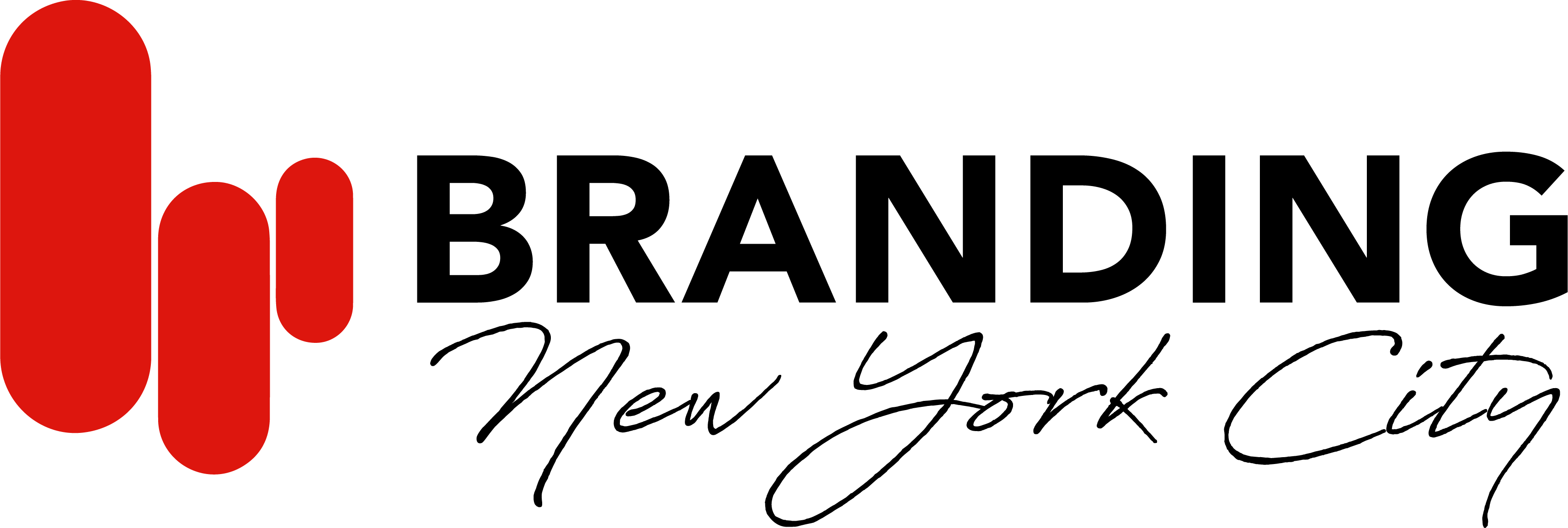A web developer NYC and a web designer are often terms used interchangeably, leading to confusion about their distinct roles and responsibilities in the creation of a website. In the dynamic and ever-evolving world of the internet, understanding the differences between these two disciplines is essential to appreciate their unique contributions to the overall success of a website.
While both web design and website development are integral parts of the web development process, they represent separate aspects that, when combined, result in a fully functional and aesthetically pleasing online presence. This article aims to shed light on the distinctions between web design and website development, emphasizing the importance of their collaboration in building effective and engaging websites.
WEB DESIGN

The aesthetic and visual components of a website are the main emphasis of web design. It is the duty of designers to produce an aesthetically pleasing and intuitive user interface that draws in users and improves their entire experience. Layout, color schemes, typography, photography, and overall visual appeal are important components of web design. Designers use graphic design software, like Adobe Photoshop or Sketch, to plan and produce a website’s style and aesthetic.
In order to create a design that complements the brand and successfully conveys the desired message, a web designer must have a thorough awareness of the target demographic, client requirements, and industry trends. Important elements of web design are user interface (UI) and user experience (UX) design, which guarantee that the website works effectively and intuitively in addition to having a nice appearance.
WEBSITE DEVELOPMENT
However, website development includes all of a website’s functionalities and technical setup. To make a design come to life, developers—also referred to as programmers or coders—use languages like HTML, CSS, JavaScript, and others. Their main objective is to create an engaging, fully functional website that satisfies user expectations and customer needs.

Front-end development and back-end development are the two primary subtypes of website development. The client-side of a website, which is what visitors view and interact with directly, is the domain of front-end developers. Back-end developers oversee databases, server operations, and the smooth processing and delivery of data to the front end while working on the server side.
COLLABORATION AND OVERLAPPING ROLES
Although website development and web design are two different fields, designers and developers frequently work closely together. Both utility and aesthetic appeal must be seamlessly integrated into websites to be successful. Close collaboration between engineers and designers is necessary to guarantee that the finished product functions well in addition to having an amazing appearance.

HOW DOES A WEB DEVELOPER OR DESIGNER CREATE A WEBSITE?
Web developers and designers work together in a methodical manner, each lending a specialized skill to the project in order to make it a reality. Let’s examine the essential processes involved in developing a website, emphasizing the contributions that web developers and designers make to this joint project.
- CLIENT REQUIREMENTS
The role of a web designer: Web designers start the process by talking with clients to learn about their goals, brand, and particular needs. They collect data regarding the website’s goal, the intended audience, and any design preferences. The role of a web developer is to work in tandem with designers to comprehend the technical components of the project. It is imperative that developers comprehend the necessary features, functionalities, and any particular programming requirements at this point. - PLANNING AND WIREFRAMING
The role of a web designer: Wireframes are the first product of the planning stage for designers. Rather than concentrating on design specifics, these simple visual representations of the website’s structure and layout aid in outlining element location. The role of a web developer is to work together to make sure that the intended structure is technically possible. They offer perceptions of how particular features and functionality are implemented. - DESIGNING THE INTERFACE:
The role of a web designer is to create the interface’s visual design after the wireframes are approved. The entire look and feel of the website is determined by the color schemes, typography, graphics, and other design elements that they select. The role of a web developer is to work closely with other developers during this phase to make sure the design can be implemented. They could offer advice on design decisions that complement the strengths and technological limitations of the selected development platform. - FRONT-END DEVELOPMENT
The Job of a Web Developer: Front-end developers use languages like HTML, CSS, and JavaScript to convert the completed designs into code. Their main objective is to provide a user interface that is both visually appealing and interactive while adhering to the authorized design. - BACK-END DEVELOPMENT:
Role of Web Developer: Database administration, server-side features, and general website functioning are the domains of back-end developers. They guarantee that security protocols are followed, data is handled accurately, and the website runs without a hitch. - TESTING AND ITERATION:
The roles of web developers and designers: developers and designers work together to verify a website’s responsiveness, functionality, and cross-browser compatibility. Any problems found are worked through together, and the website is revised again until it satisfies the required requirements. - LAUNCH AND MAINTENANCE
The roles of web designers and developers: The joint efforts come to a head with the introduction of the website. Updates, security fixes, and enhancements could need ongoing maintenance; both designers and developers have a part to play in guaranteeing the website’s survival.
WHY WOULD I USE A WEB DESIGNER OVER SHOPIFY OR WIX?
Although website builders are convenient, they have drawbacks that may not align with every project’s specific needs and goals. Let’s examine why, in some cases, hiring a web designer or web development agency might be a better option.

- TAILORED AND UNIQUE DESIGNS
Web Designer’s Expertise: A talented web designer can produce one-of-a-kind, customized designs that are suited to your company’s requirements and image. This degree of customization guarantees that the visual appeal of your website is unique and properly complements your company identity.
The benefit of using a web development agency NYC: These companies frequently employ a team of designers with a range of expertise and backgrounds. Because of this group’s combined experience, design can be approached holistically, producing websites that are not only aesthetically pleasing but also up to date with user expectations and current design trends.
- SCALABILITY AND CUSTOMIZATION
Web Designer’s Expertise: A web designer can offer a more adaptable solution when scalability and customization are essential. Whether you have certain functionalities in mind or your firm grows, a designer can make the website adapt and change to meet your demands.Benefits of Using a Web Development Agency: Web development agencies are very experienced. They can provide scalable solutions and manage intricate projects. Agencies are capable of managing a wide range of customization needs, so your website will be able to change with your business.
- PERFORMANCE OPTIMIZATION
Expertise of Web Designers: Web designers are aware of how critical performance optimization is to the user experience. They are able to apply design elements, select suitable file formats, and optimize photos to help with speedier loading times.
Benefits of Using a Web Development Agency: Agencies frequently have access to a variety of resources and tools that can improve the performance of websites. They may apply cutting-edge optimization strategies, producing a website that is not only aesthetically pleasing but also incredibly functional.
- SEARCH ENGINE OPTIMIZATION (SEO)
Web Designer’s Expertise: A web designer who understands SEO techniques may incorporate best practices, including image optimization, clean coding, and making sure the design is mobile-friendly, into the website’s design.
The benefit of using a web development agency is that they frequently have SEO experts on staff who collaborate closely with designers and developers. By working together, we can make sure that the website is optimized for search engines and has an eye-catching design, which will increase its online presence.
- TECHNICAL EXPERTISE AND TROUBLESHOOTING
The Expertise of Web Designers: Web designers possess a strong grasp of fundamental technical concepts and are skilled in managing design elements and user interfaces.
The benefit of using a web development agency is that they have a staff of experienced developers who can manage challenging technological tasks. They have the tools necessary to solve problems and make sure your website functions properly.
- ONGOING SUPPORT AND MAINTENANCE
Expertise of Web Designers: To ensure that your website is operating properly, web designers may provide regular updates, maintenance, and support.
The benefit of using a web development agency is that they usually offer complete support and maintenance plans. Their experts are able to take care of problems quickly, provide upgrades, and guarantee the longevity of your website.
UNLEASH THE POWER OF YOUR ONLINE PRESENCE WITH THE BEST WEB DEVELOPER NYC!
In the bustling metropolis of New York City, where innovation meets ambition, your online presence deserves nothing but the best. Elevate your brand, captivate your audience, and stay ahead of the digital curve with our unrivaled web development expertise.
Ready to redefine your digital identity? Contact us, the best web developer NYC, today, and let’s create a website that leaves a lasting impression in the city that never sleeps!








